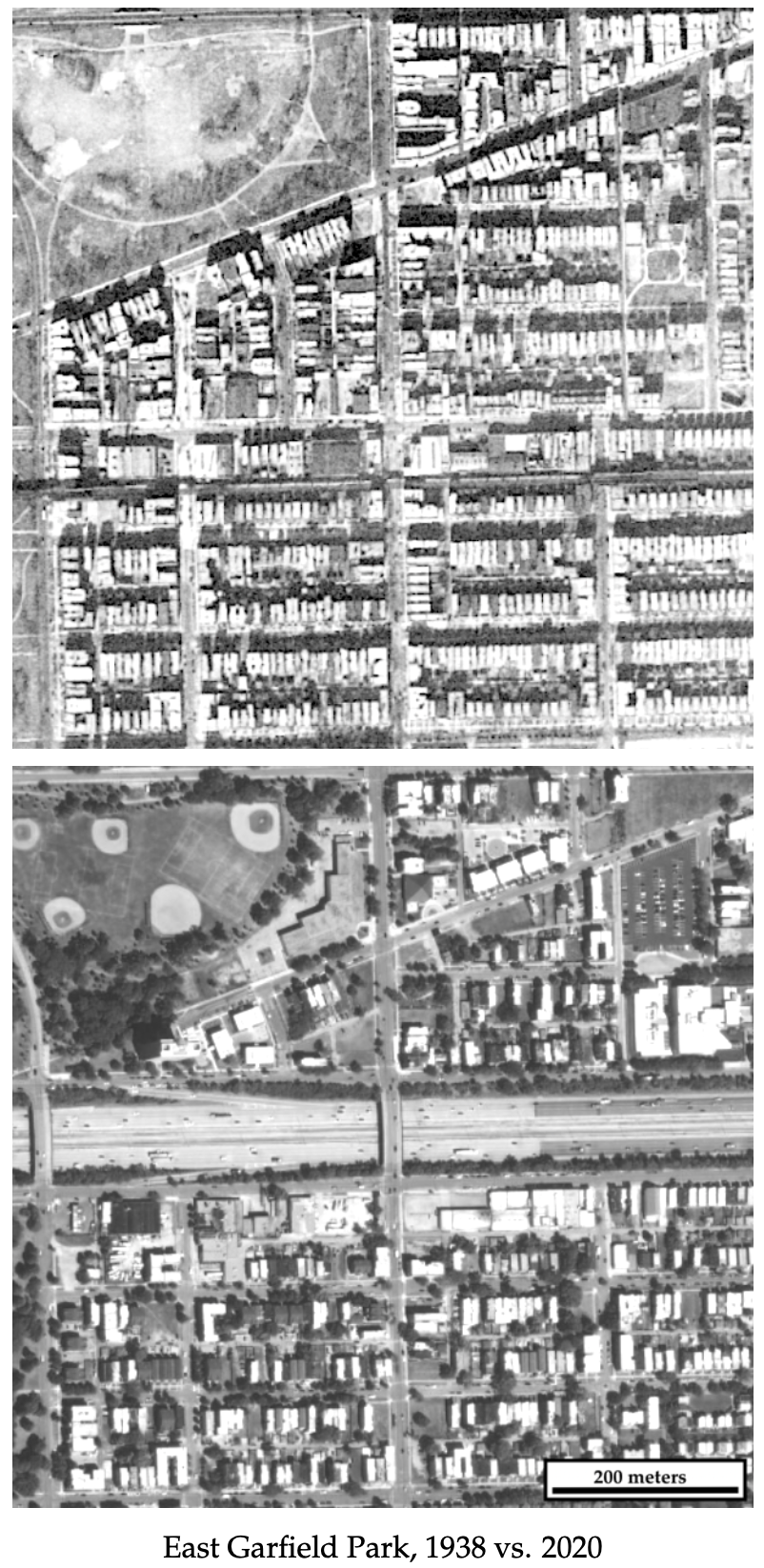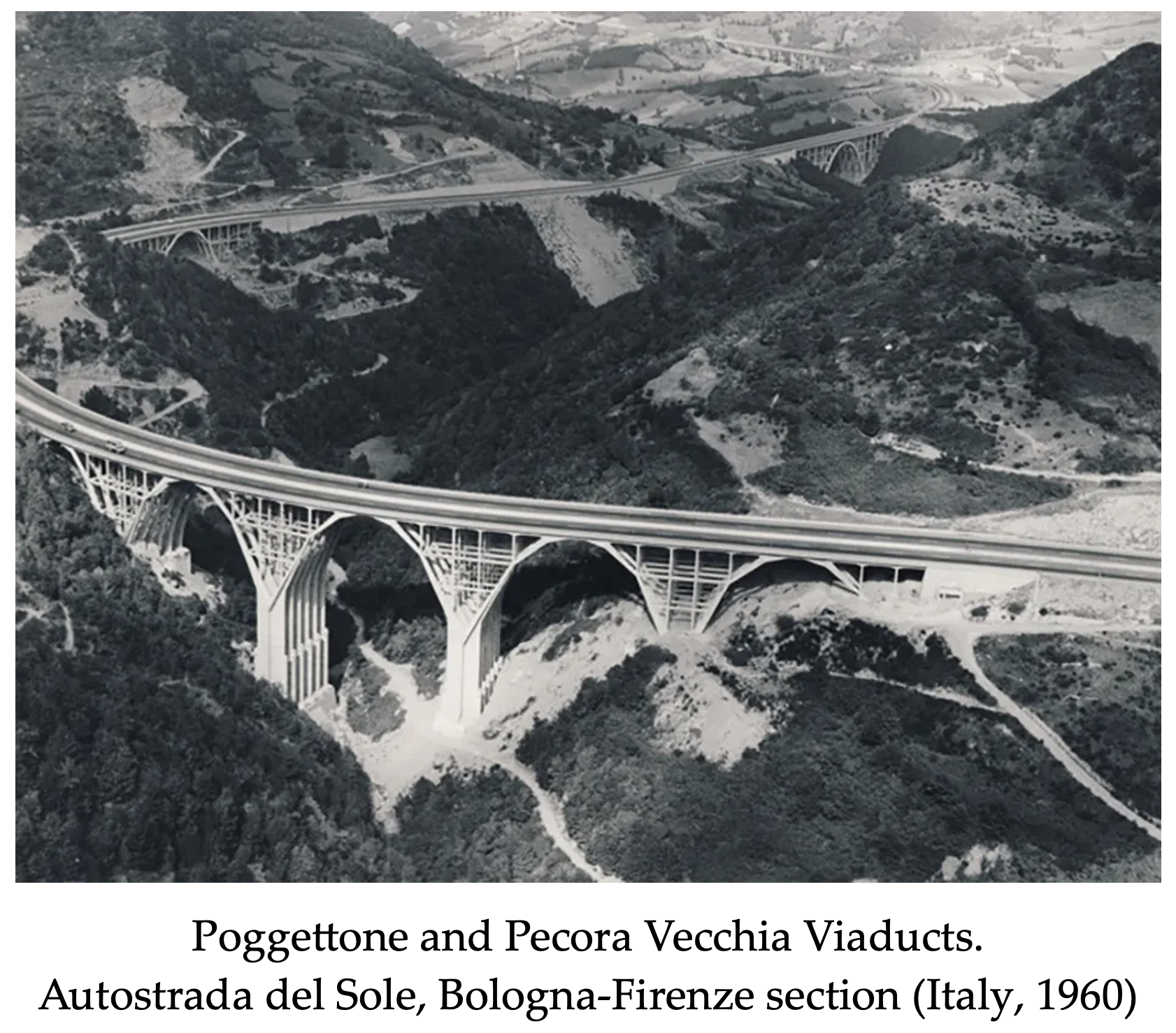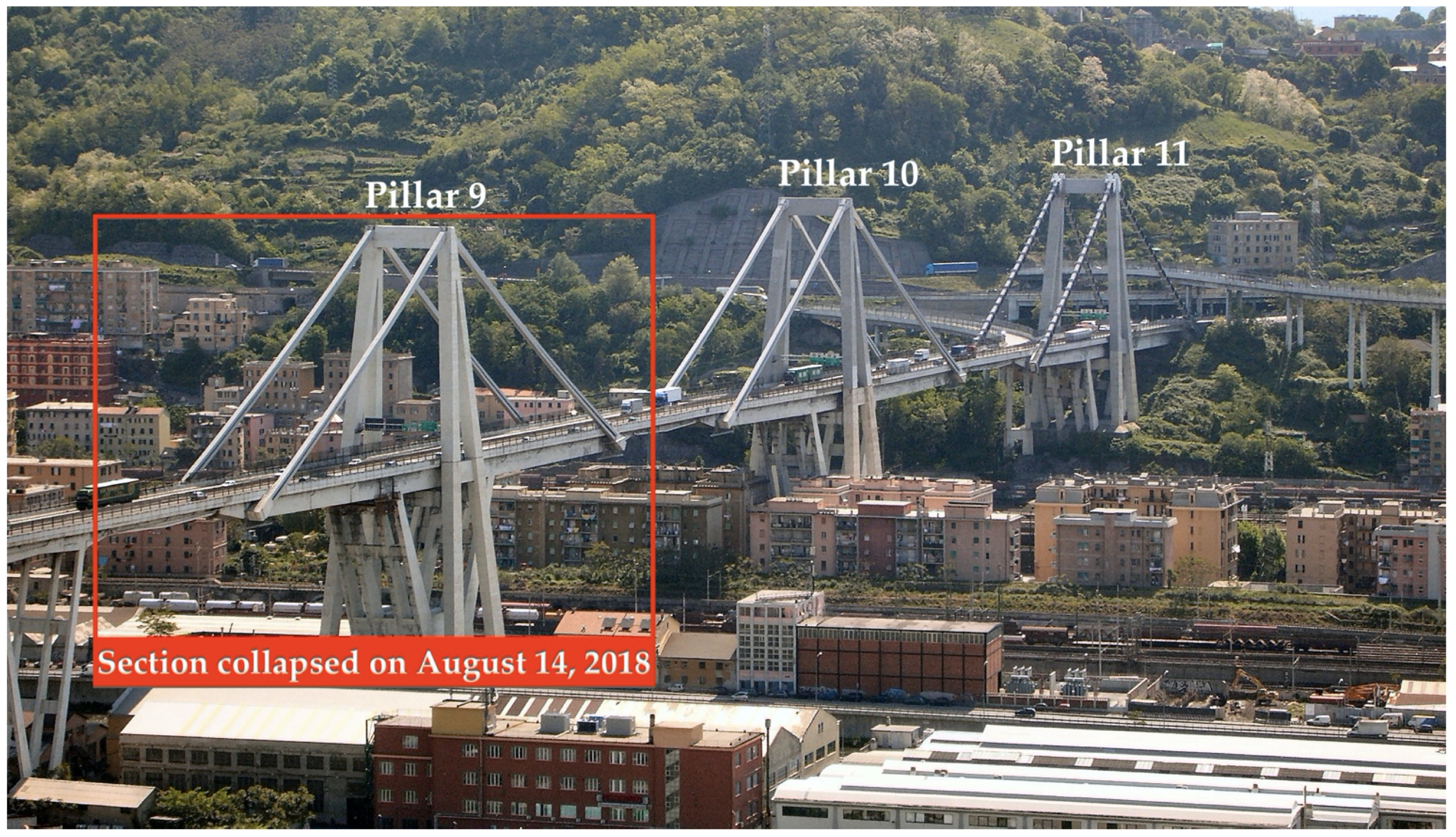Working Papers
The (Express)Way to Segregation: Evidence from Chicago
Job Market Paper, November 2023
How do man-made barriers shape racial segregation within cities? I study the long-run effects of the construction of expressways in Chicago in the 1950s on racial segregation. These multilane roads (i) produce a local shock to residential amenities, and (ii) divide the areas they cross through, creating local barriers to the interaction of nearby communities. I find that expressways affect within-city racial segregation through two main channels. First, a price or disamenity channel: Racial segregation increases because of income differences between Black and white residents, which on average lead the two groups to react differently to changes in house prices induced by proximity to expressways. Second, a physical barrier channel: Racial sorting appears to be affected by expressway-induced changes in accessibility to different portions of the city and, in turn, to neighborhoods with different demographic compositions. Motivated by these findings, I build a structural urban model to study the link between urban barriers and racial preferences in shaping the allocation of people across space. The model is used to estimate racial preferences parameters and to undertake counterfactual experiments to inform current public policies targeting the social issues of transport infrastructures in U.S. cities.

The Fastest Route to Specialization? Evidence from the Expansion of the Italian Highway System
June 2023
I analyze the effects of a large public transportation infrastructure investment on the industrial structure of local economies in modern Italy. In 20 years, between 1955 and 1975, more than 5,000 km of highways were laid down in the peninsula, making the Italian highway network the third longest worldwide at the time. The setting is used to investigate how changes in market integration affect the degree of industrial specialization of Italian municipalities. I show that proximity to highways is associated with a sizable and persistent decrease in the degree of industrial specialization. A decomposition exercise further shows that the results are mainly driven by a reallocation of employment shares between sectors in the economy, rather than by an extensive margin effect through the formation of new sectors in the economy. Finally, I analyze potential mechanisms. I find that (i) the change in specialization cannot be explained by differences in population alone; (ii) highways seem to have facilitated the shift away from agriculture-intensive economies; (iii) there are large degrees of heterogeneity by sector.

Works in Progress
Once Upon a Time in the (Canadian) West: Railroads, Location Fundamentals, and the Growth of Cities
No Way to the Highway: The Political Economy of Highway Revolts with Natalie Yang
Building(s) Equality with Elena Lutz
Non-Refereed Publication
Atlantia
with Guy Rolnik and Stefano Feltri. Stigler Center Case Study n. 6, June 2020
During a torrential rainstorm on August 14, 2018, a 210-meter (690 ft) section of the Ponte Morandi bridge collapsed. The Ponte Morandi, also known as the Genoa Bridge, forms a critical artery of European route E80 linking Italy and France. In the collapse, between 30 to 35 cars and three trucks were reported to have fallen from the bridge. The disaster caused a major political controversy about the poor state of infrastructure in Italy and the privatization of Italy?s highways. The Genoa Bridge was part of a motorway system operated by Autostrade, a subsidiary of the Atlantia holding company controlled by the Benetton Family, one of the most powerful family business dynasties in Italy. The media crisis and political storm that followed threatened the concession under which Autostrade operated the motorways in Italy.
